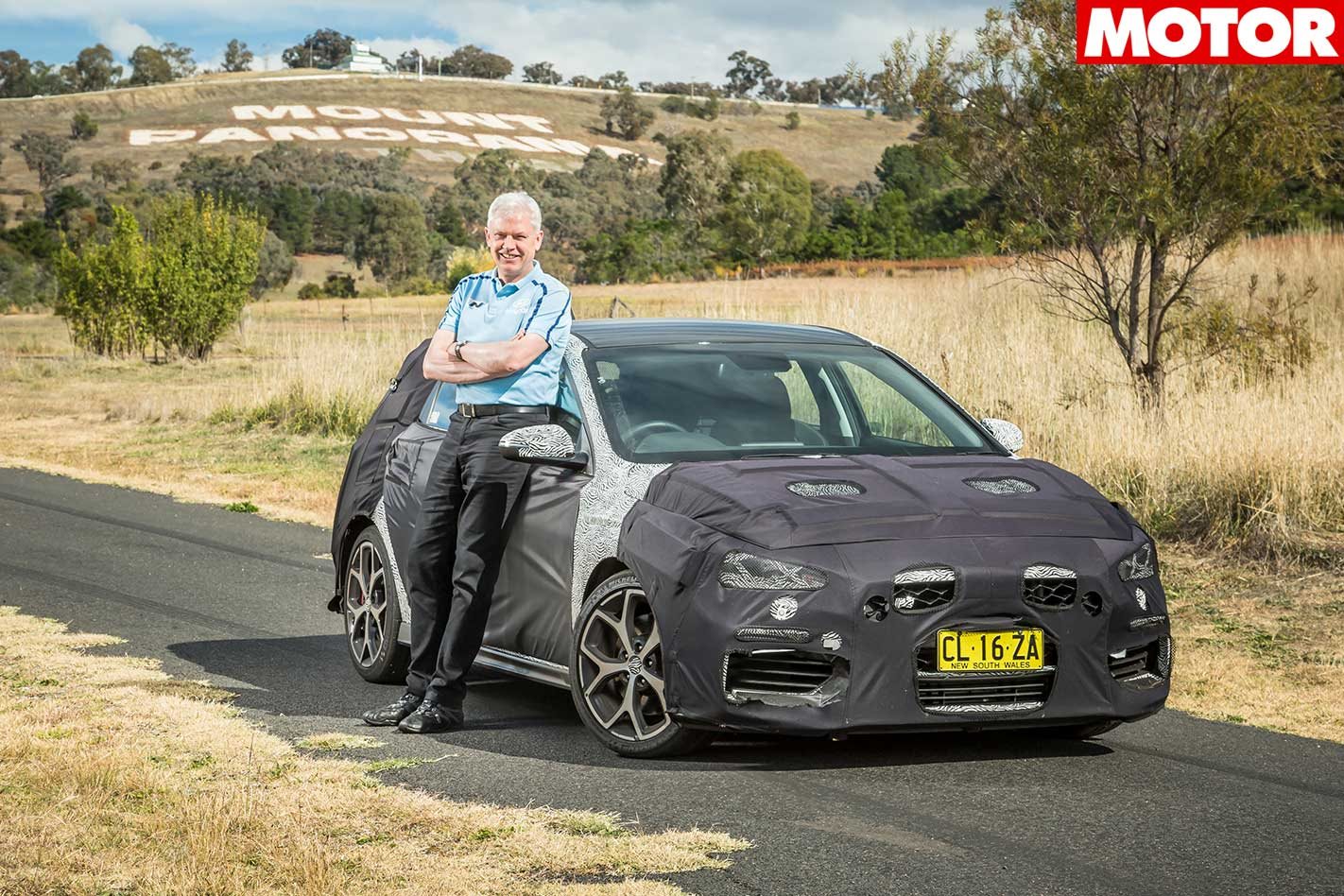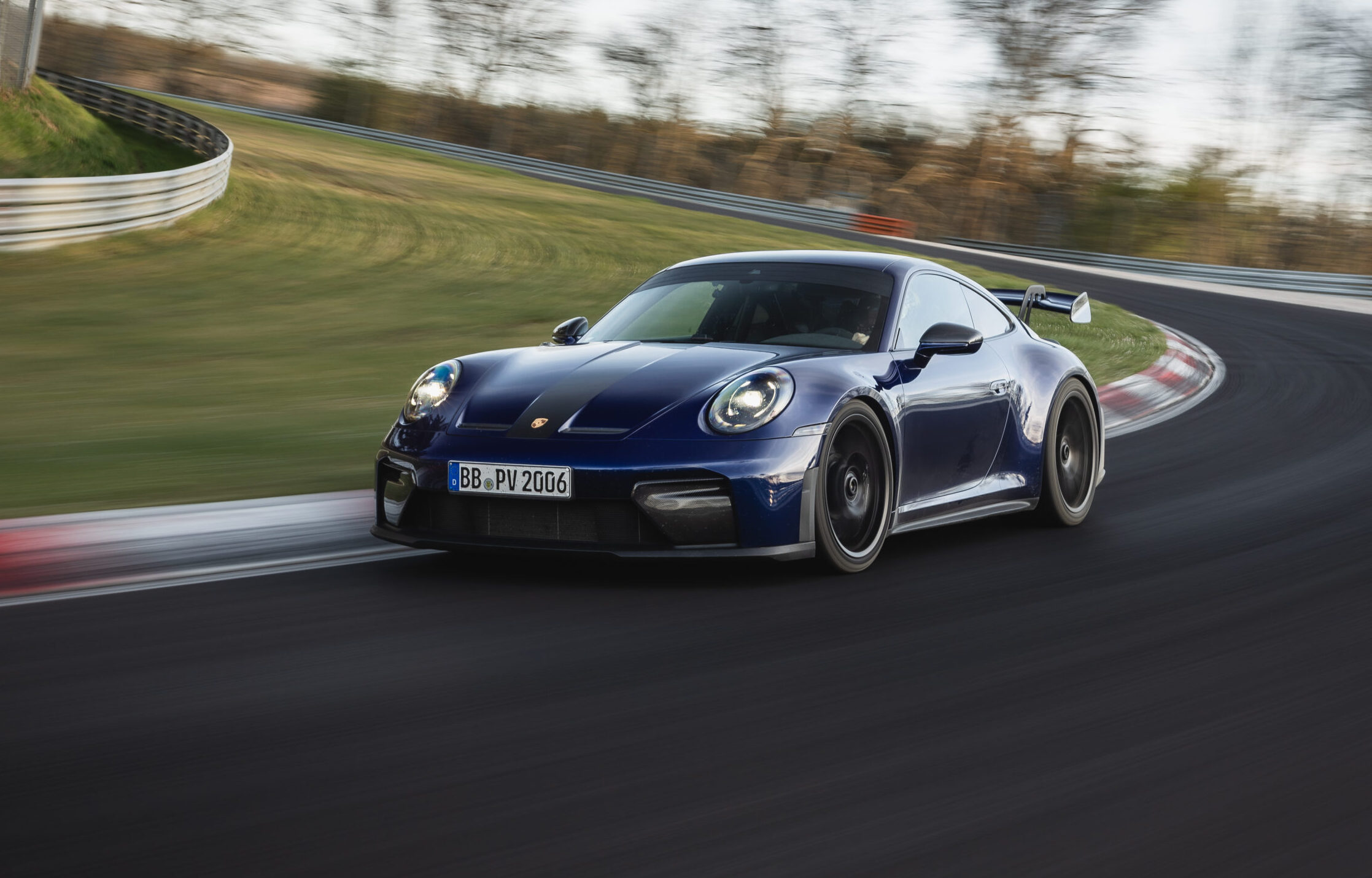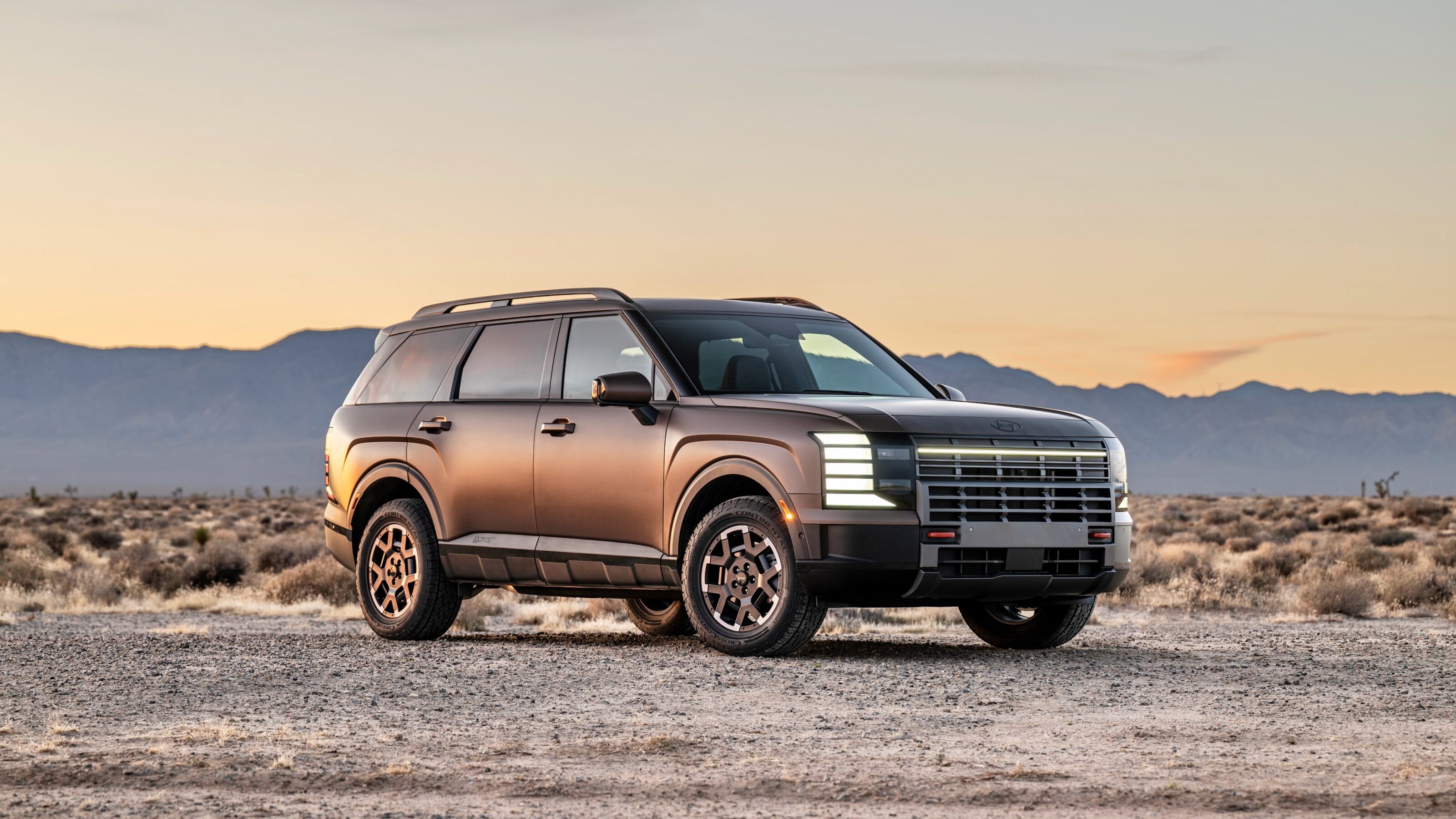Australian roads can be pretty convincing that as a country we’re special. Except, not in a this-German-Autobahn-is-great kind of way.
That’s because Hyundai has revealed the i30 N’s chassis has been uniquely tuned for local conditions, making us the sole market to receive special treatment.
The news comes as a shock after we heard Albert Biermann, the i30 N’s project leader and N brand boss, previously insist there will be a single suspension tune.
A visit to Australia changed Biermann’s hard stance, though, as Hyundai Australia’s senior product planner and test driver Andrew Tuitahi explains…
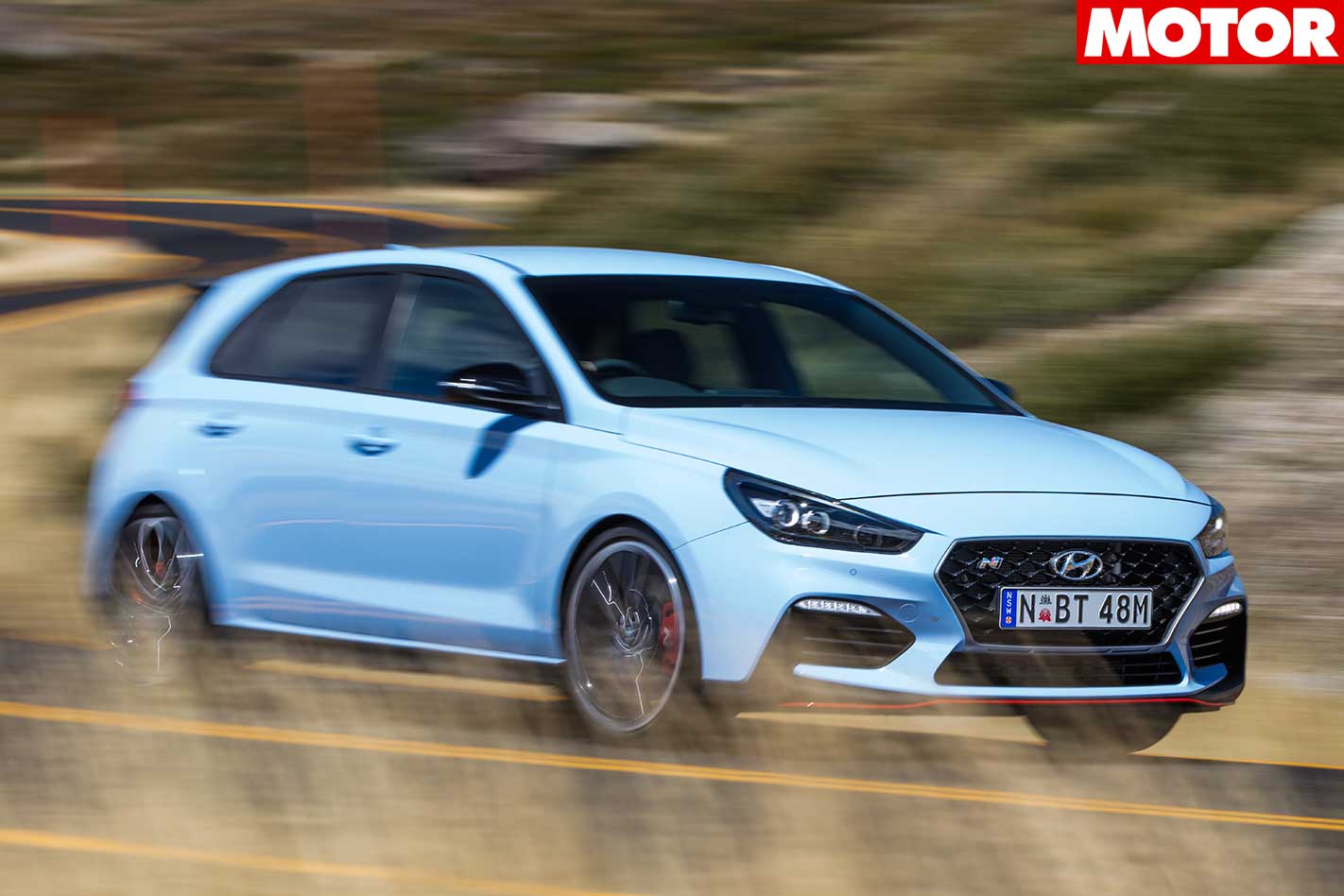
“Originally Albert suggested there would be one global tune and there would be no need to have any individual market changes,” he tells MOTOR.
“Mr Biermman visited for several reasons but one of them was to check out our local environment.
“So we introduced him to a couple examples of our finest worst roads. [The car] was either a little bit uncomfortable or struggled to perform the way it does on roads in Europe.”
But was the boss man a bit touchy about proposed changes to his baby?
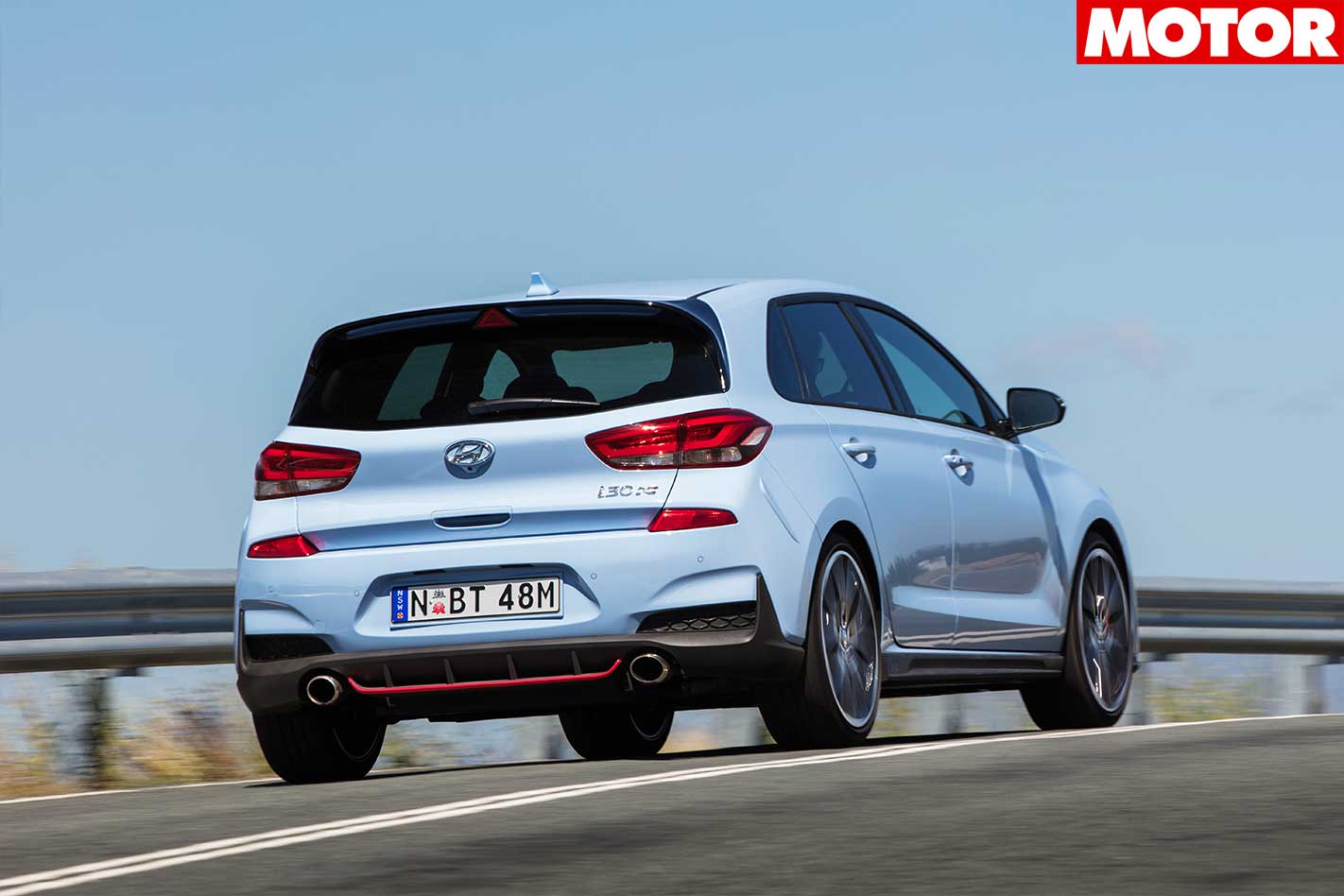
“I think he understood immediately the point we were making,” Tuitahi adds, “but we also consider it was reasonably late in terms of the production timeline.”
“Ultimately he was very accomodating, the European team welcomed the joint tuning session with open arms and we were over there very quickly.”
Tuitahi was the sole Australian employee sent over to Hyundai’s Nurburgring test centre with ideas on what needed to be changed.
Using the worst German roads he could find, he devised a chassis tune he could bring back to Australia for testing.
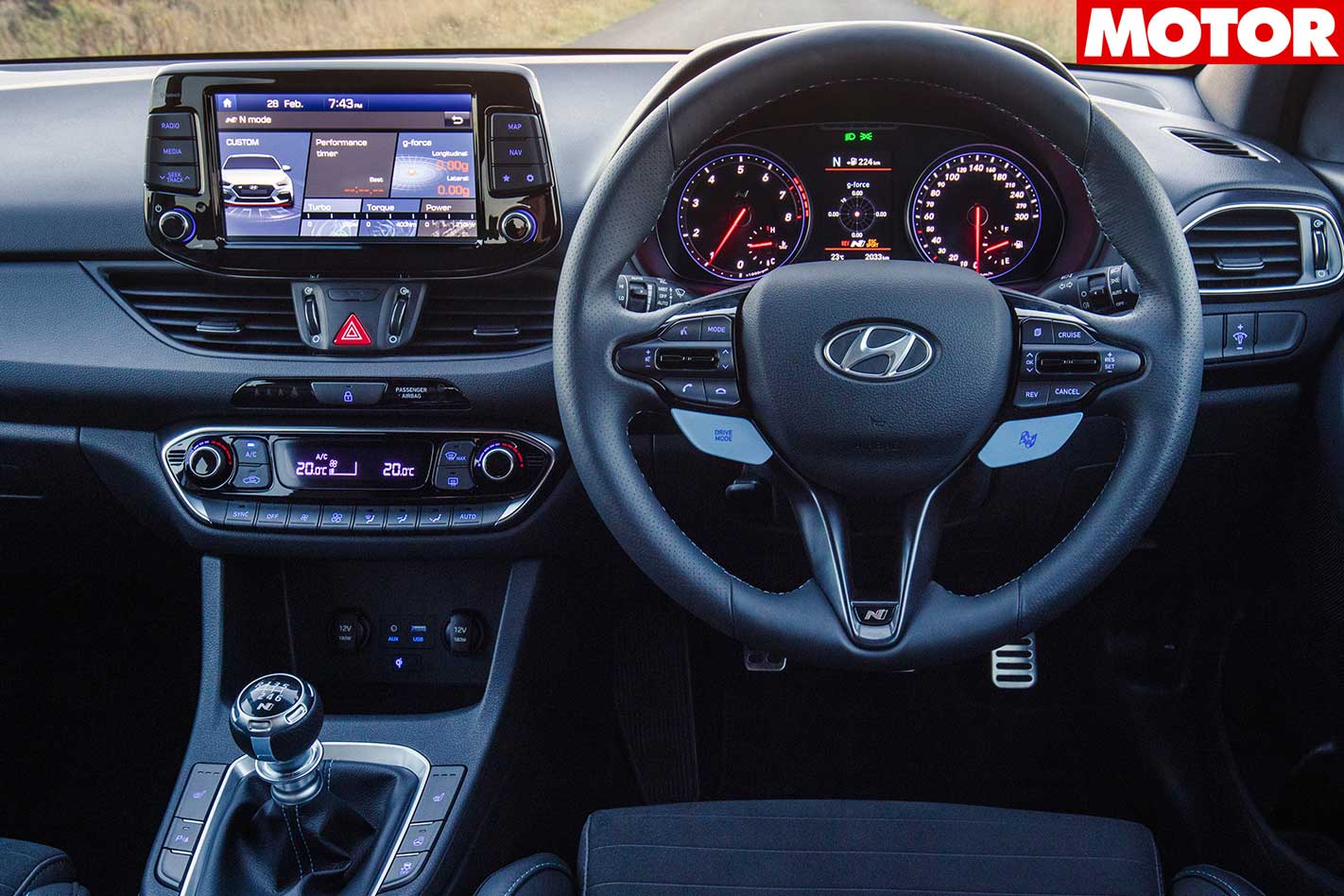
The i30 N uses three-mode adaptive dampers designed by Mando for Genesis luxury sedans.
After tweaking the damper valving and software on roads surrounding Tuitahi’s NSW home, he returned to Germany for final tweaks and Biermann’s sign-off drive.
So what’s different? He says it’s hard to make a blanket statement as adaptive dampers have such a large tuning window. “Generally I would say a little bit softer, and the damping force is a little more linear.”
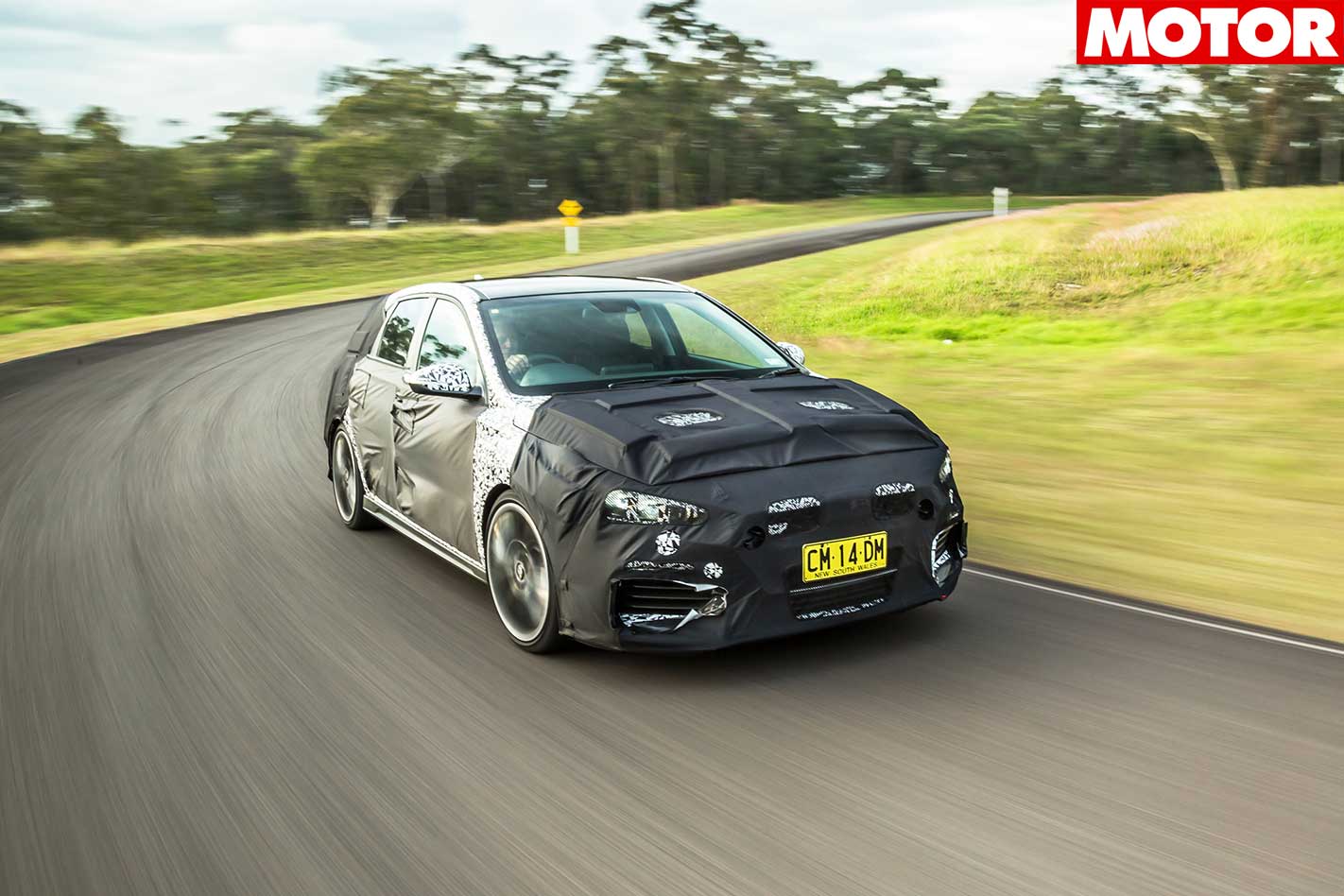
As far as mechanical changes go, the damper internals in Australian cars are different, but other suspension hard parts (springs, bushes, stabiliser bars, strut bars) are carried over.
“Really what we’re trying to do as a goal, is we’re thinking about aggressive driving on a rough road, we’re just trying to allow the car to breathe a little more. Let the wheels fall away from the body and absorb the impacts a little better.”
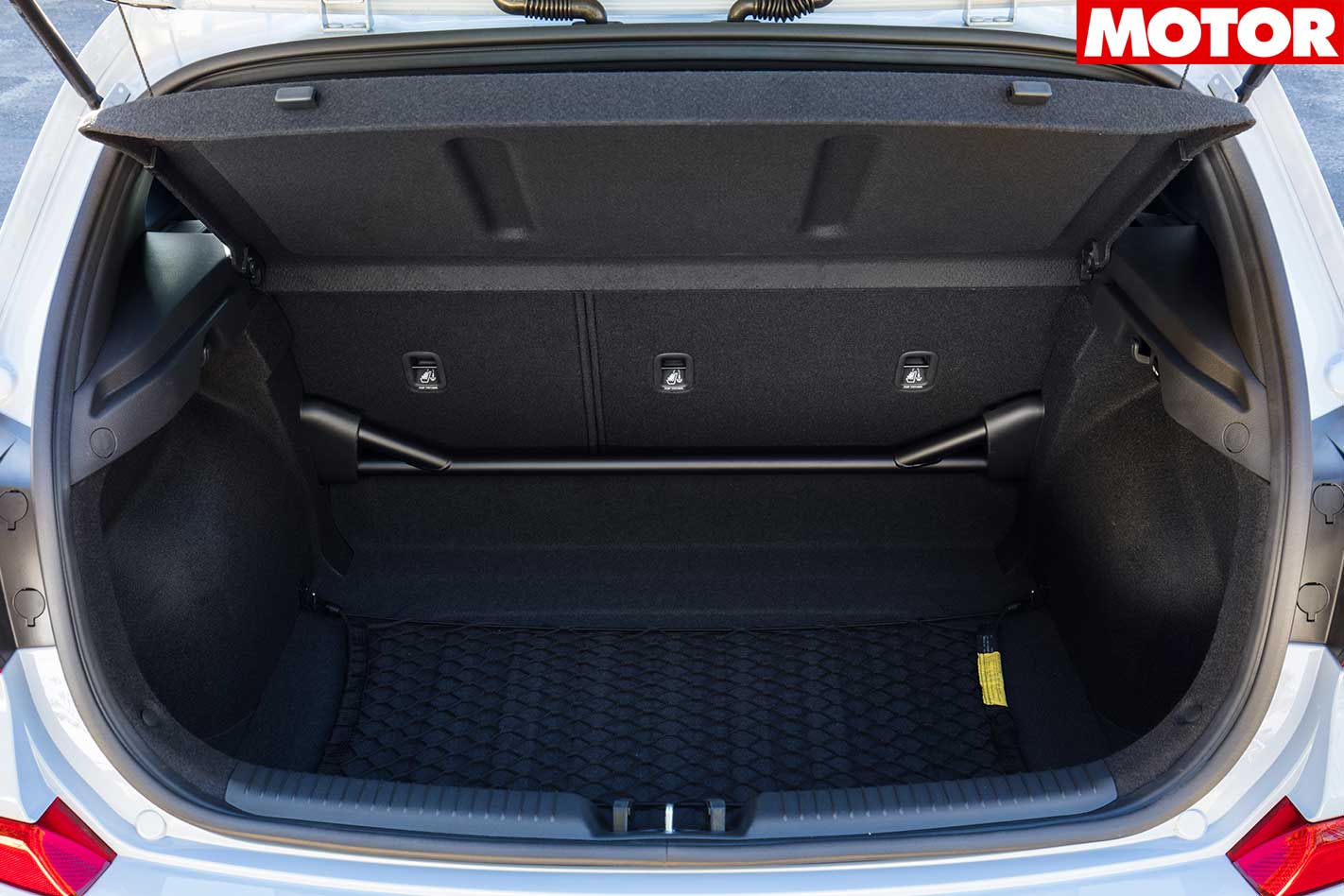
Biermann signed off on the Australian damper tune in August last year with a drive around the Nuburgring.
Local tuning has benfitted Hyundai Motor Corporation’s vehicles, but after discovering the i30 N to drive well during our international first drive the question is whether local efforts will improve or worsen a great product.
Stay tuned for our verdict next Thursday.


